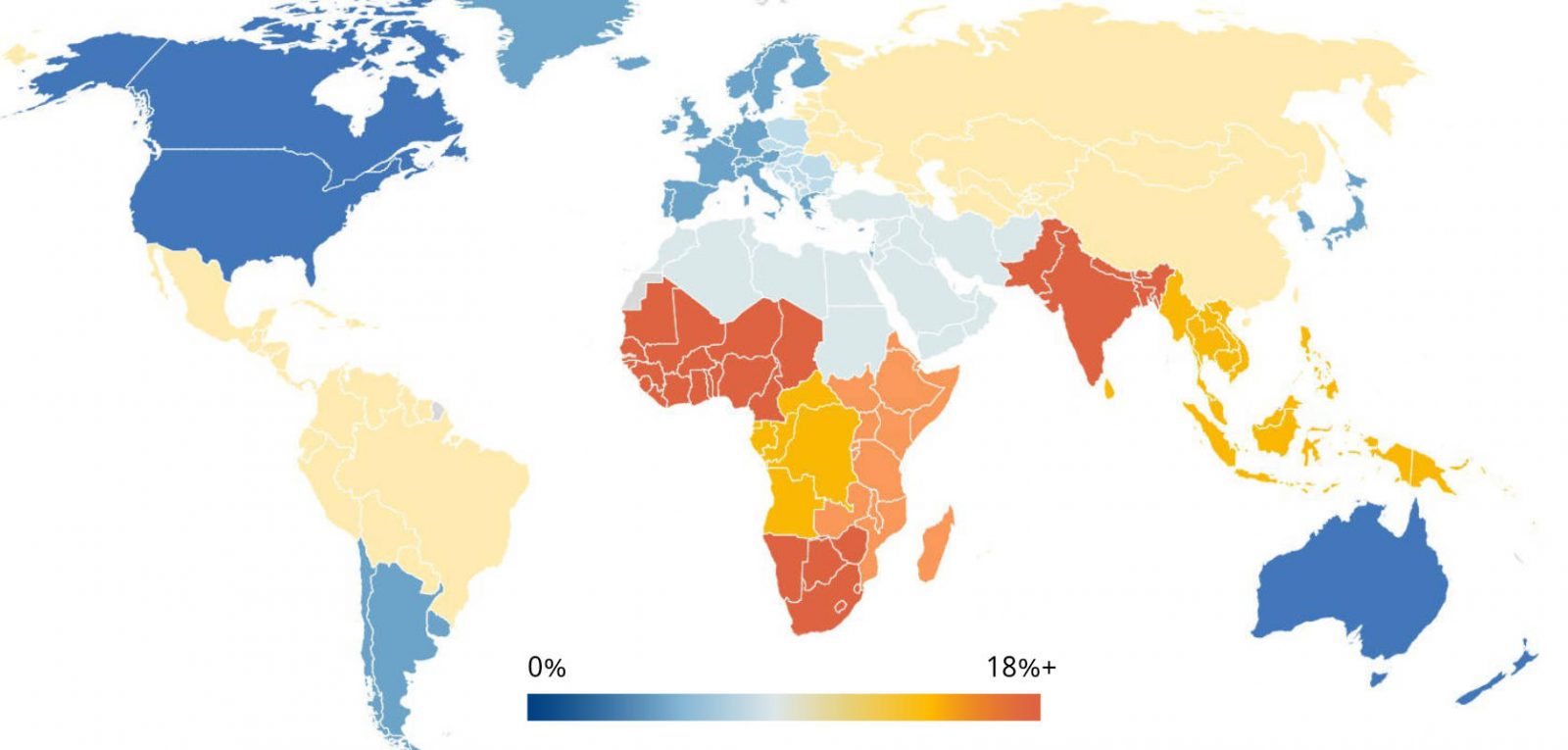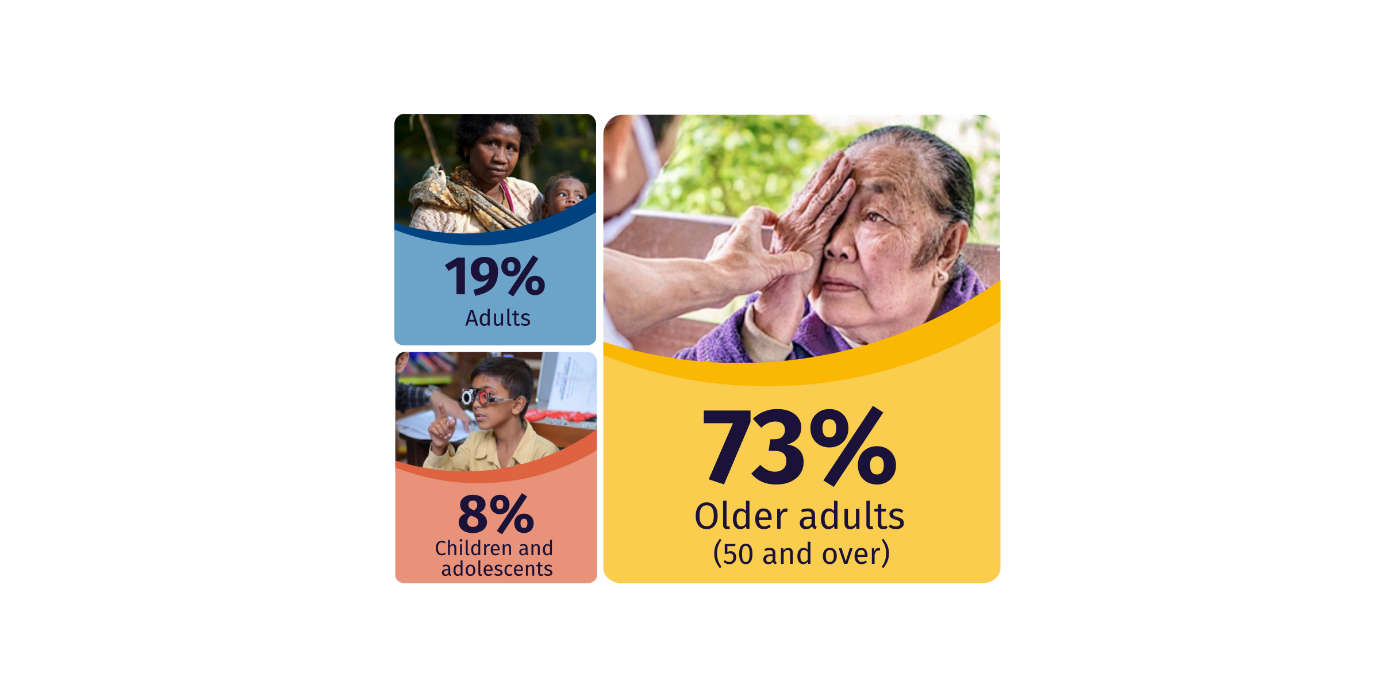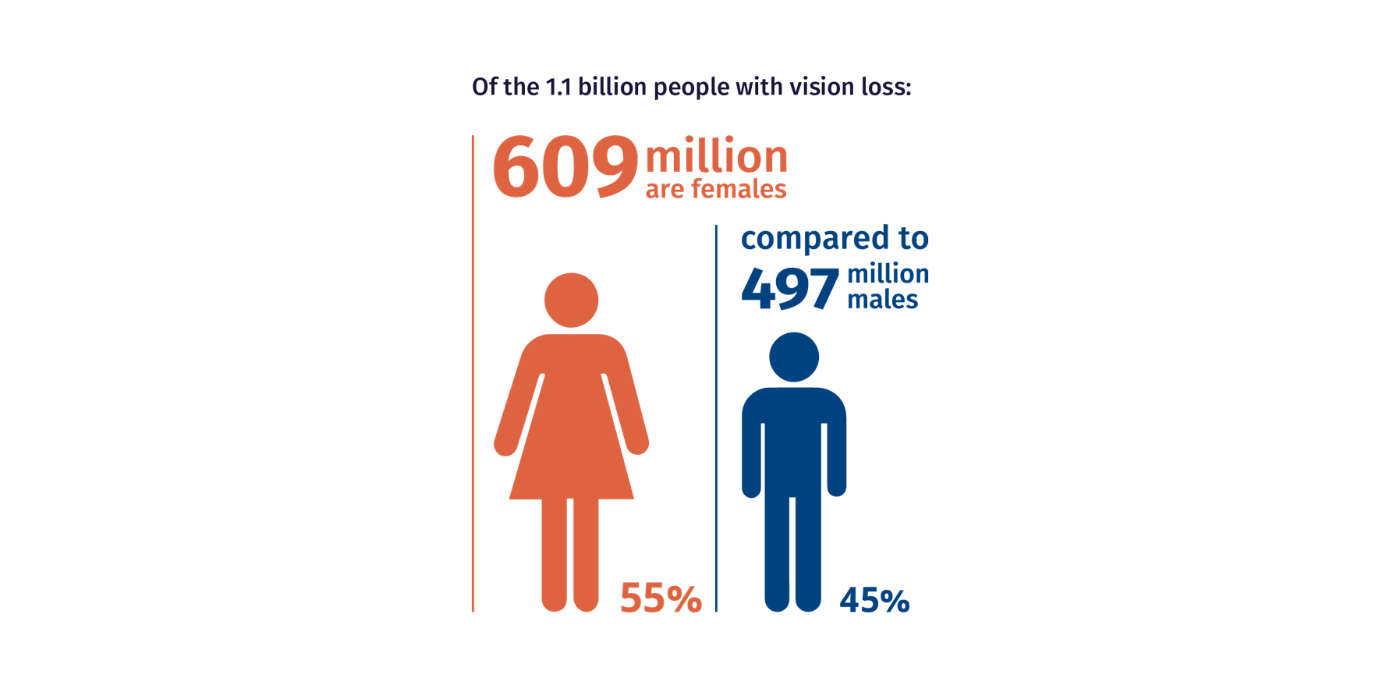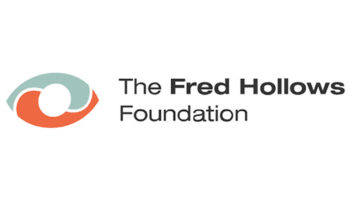Join a powerful, unprecedented alliance for better eye health for all.
Join IAPBInequality in Vision Loss
Vision loss is unequally distributed.
90% of those with vision loss live in low- and middle-income countries.
Socioeconomic disadvantage
Vision loss is linked to socioeconomic disadvantage.
- 90% of people with vision loss live in low- and middle-income countries
- South Asia and Sub-Saharan Africa experience the highest rates of vision loss.
Inequalities within regions, countries and communities also exist but are often masked by national averages.

Ageing
73% of people with vision loss are aged 50 years and older
Rates of vision loss increase quickly every decade above 50 years. Most of the world’s population with vision loss are aged 50 years and older.
Health promotion and early detection can delay or prevent many causes of vision loss.
Find out more
Gender
Women and girls experience 55% of all vision loss
One reason for this is that is that women typically have a longer life expectancy than men. Beyond this, women experience a higher rate of vision loss, than men for many conditions across every stage of life.
Find out more








